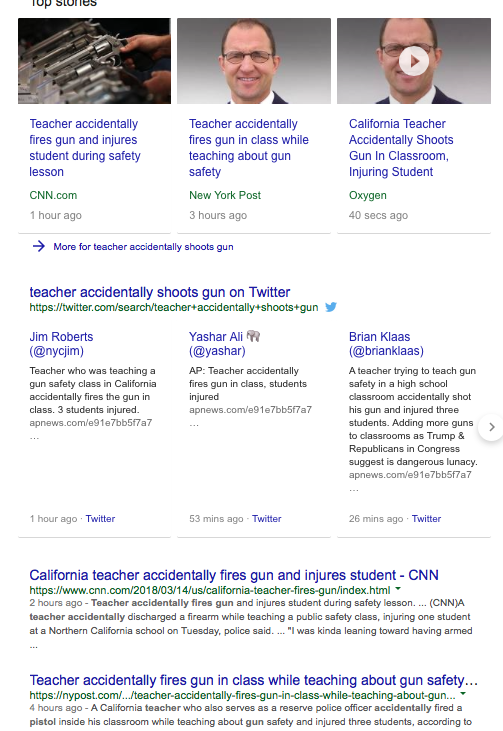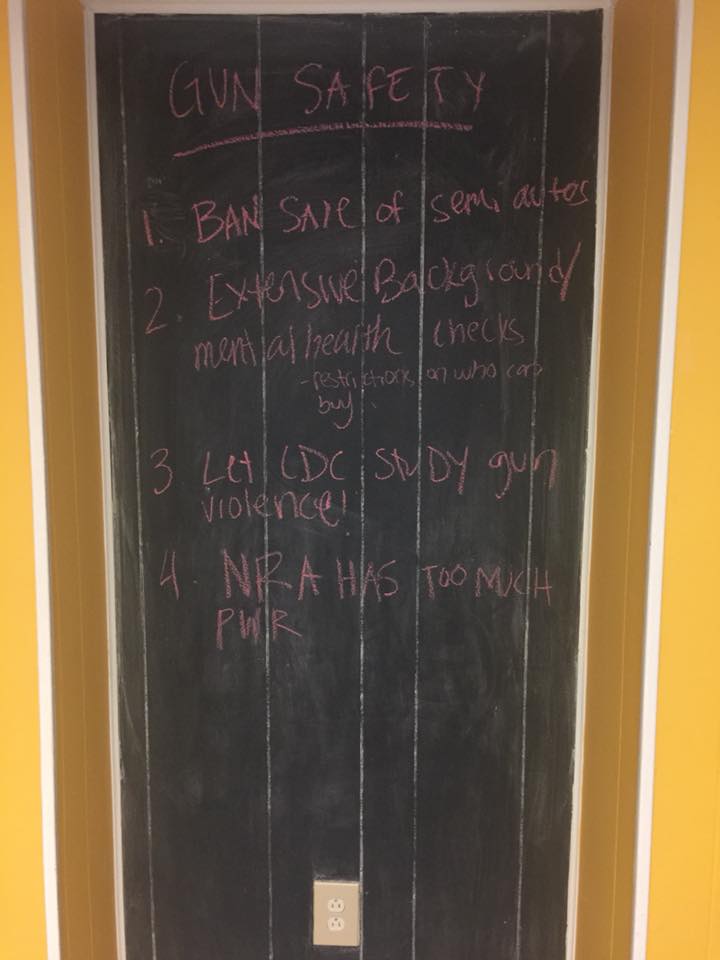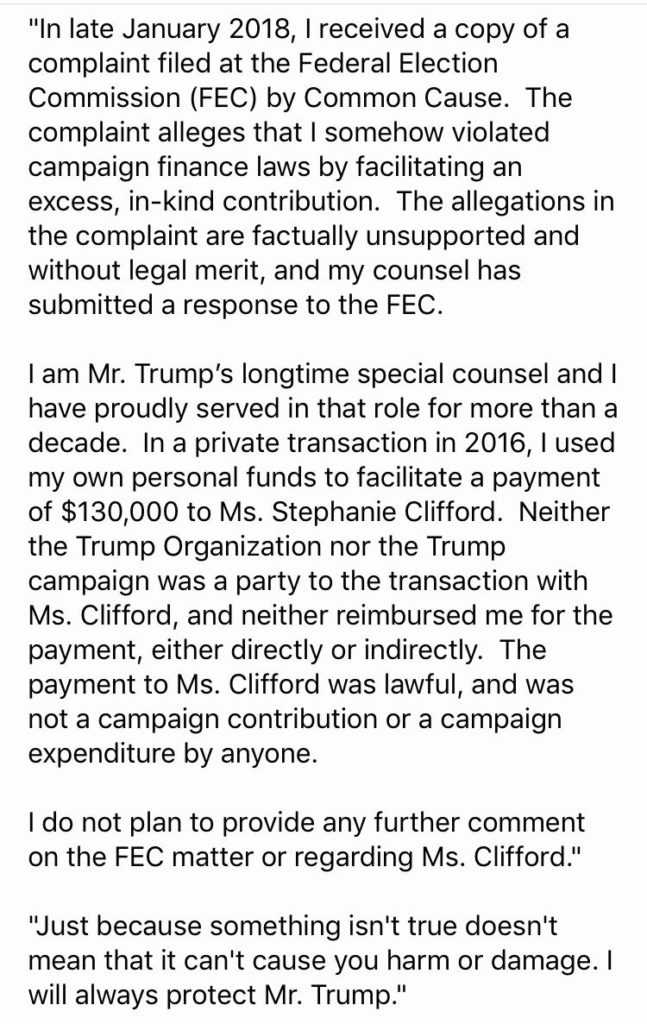
An old baseball of mine that I had stitched back together as a kid to keep the leather on. You didn’t buy them by the dozen back then. Every baseball was precious.
It’s in the air. I can smell it. And so can Jay Breakstone, appellate lawyer and wordsmith extraordinaire who, in 2014, penned Baseball, Poetry and Crocuses (Pitchers and Catchers Report Next Week!) for this space.
No stranger to conflict (of which he writes today), Breakstone grew up in East Flatbush, the product of a tumultuous mixed marriage: His mom was a Brooklyn-born die hard Dodger fan and his Dad a Bronx-born Yankee fan.
He survived that experience to emerge as a die hard Mets fan.
Perhaps, if the union of Dodger and Yankee fans can mint something like Jay, there is hope yet for the country:
—————————–By Jay Breakstone———-
America has become such an uncomfortable place to live nowadays. When I say “uncomfortable,” I thoroughly understand that such terms are relative. But being an American has meant that we worry about a lot less than those in other countries and I understand that.
Yet, to wake up every morning to the headache of political soap opera is taking its toll on me. I am more irascible than usual; quicker to yell at the morning news and yell at my family from dawn until dusk. This is not good, for there is a thin line between being a lovable curmudgeon and a raging lunatic. What to do?
And there it is. Shining through the gloom like a landing beacon on a dark runway; like Lady Liberty in the harbor; like Mom’s chicken soup, a Nathan’s hot dog or pastrami on rye from Katz’s Delicatessen. Goodness knows, its done it before; brought hope where there was none and salvation to the depths of hell. Opening Day.
Yes, Virginia, there is a new tomorrow, and sacrilegious as it may be, God lives only 60 feet, 6 inches from home plate. In fact, whether you believe in God or not, you can still believe in baseball.
You can be a Democrat and believe in baseball. You can be a Republican and believe in baseball. You can be a Democrat or a Republican, sit side by side in the same temple, and believe in baseball together. You can speak English, Spanish, Greek, Serbo-Croat, even Pig Latin, and believe in baseball.
You can belong to the N.R.A., the A.C.L.U., the National White People’s Party, the N.A.A.C.P. or the Mickey Mouse Club and believe in baseball. Because, as it says in an oft-forgotten footnote in Genesis: “And G-d saw baseball, and it was good.”
Have you ever noticed those old pictures of men in suits and hats, sitting in ball parks during the business day? Why weren’t they at work? One of them, a young attorney in New York City, nearly lost his job because he kept sneaking out to Giants games at the Polo Grounds.
Nonetheless, the kid made good, but never forgot the magic of baseball. So, when he worked his way up to being President of the United States and the country he led was in the depths of soul-shattering gloom following Pearl Harbor, Franklin Roosevelt knew one thing that would cut through the fog: baseball. He declared that the Axis could do many bad things, but it could never stop baseball, which continued throughout the war.
Time and time again, baseball has been that never changing point in an ever-changing American universe. To those of us who were at Shea Stadium on September 22, 2001, it was much the same thing. Roosevelt’s words to Judge Kenesaw Mountain Landis, baseball’s Commissioner in 1942, still rang true: “I honestly feel that it would be best for the country to keep baseball going[.]”
I suggest that we need baseball now more than ever (as if there was ever a time we didn’t.) I think everyone should stay home from work on Opening Day and head to the ballpark instead.
If need be, dig up that old note from your mother, the one that says “Arthur could not be in school today. He has Dengue Fever.” If you can’t find it, I’m sure you can still forge her signature the way you did on the original. Eat a hot dog. Have a beer. Most important, let it go.
Nothing is so bad if it’s Opening Day, where all the past is prologue. Sure, it could turn out lousy, like the 1942 Brooklyn Dodgers, who had a phenomenal season, were in first place until September, only to lose the pennant to St. Louis. But on Opening Day, the Boys from Brooklyn took the opener, 7-5.
Opening Day is all about tomorrow. It always has been.







